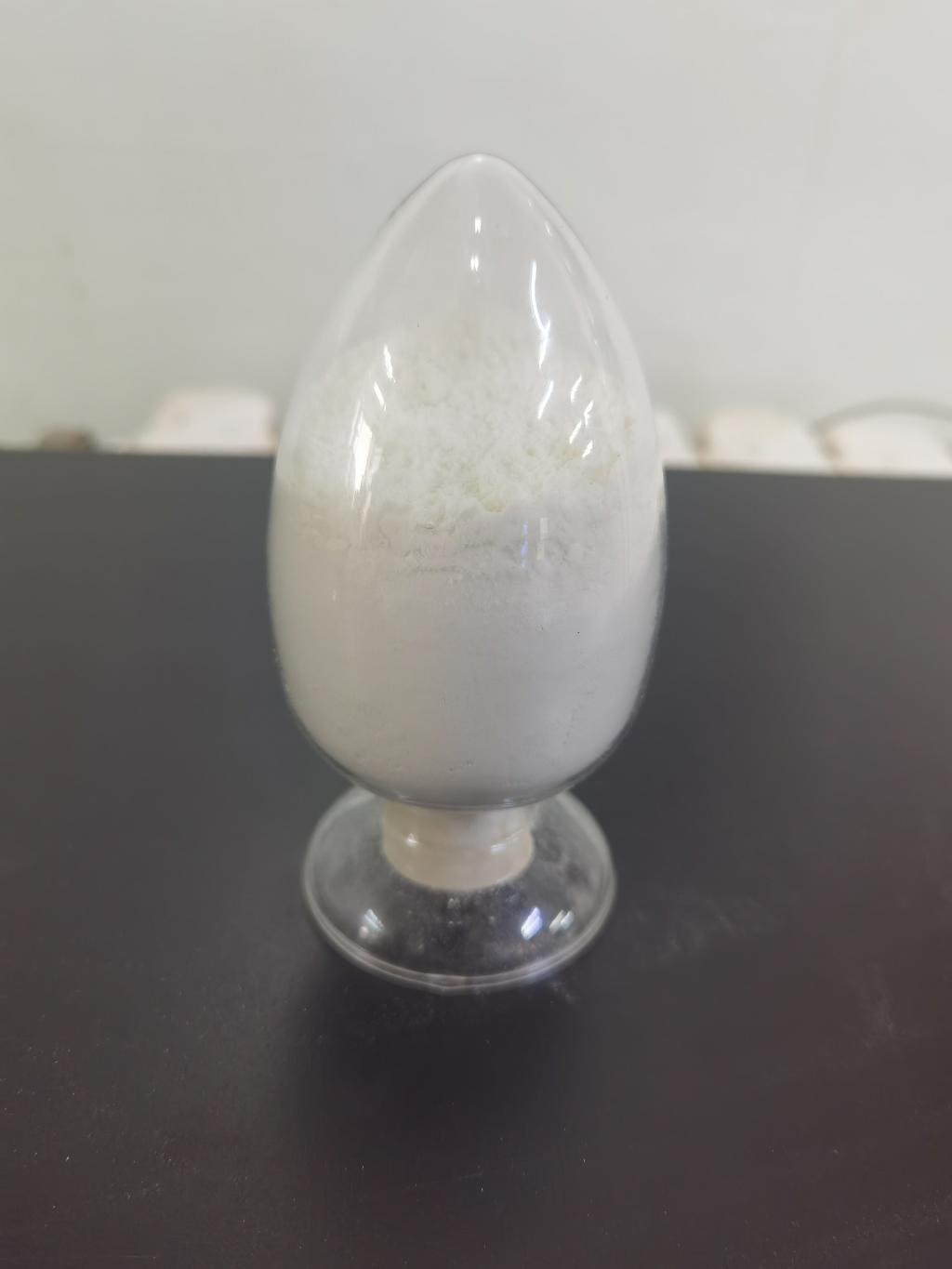Tel:+8618231198596

News
 CONTACT
CONTACT
 CONTACT
CONTACT
- Linkman:Linda Yao
- Tel: +8618231198596
- Email:linda.yao@dcpharma.cn
- Linkman:CHARLES.WANG
- Department:Overseas
- Tel: 0086 0311-85537378 0086 0311-85539701
News
Investigating the efficacy of ε-Polylysine hydrochloride in inhibiting bacterial growth.
TIME:2024-04-15
Mechanisms of Action:
ε-Polylysine hydrochloride exerts its antimicrobial effects through multiple mechanisms, including interactions with bacterial cell membranes, disruption of membrane integrity, and interference with essential cellular processes. As a cationic polymer, ε-Polylysine hydrochloride binds to the negatively charged components of bacterial cell membranes, leading to membrane destabilization and permeabilization. This disruption compromises membrane integrity, resulting in leakage of cellular contents and ultimately bacterial death. Additionally, ε-Polylysine hydrochloride can interfere with intracellular processes such as protein synthesis and nucleic acid metabolism, further inhibiting bacterial growth.
Spectrum of Activity:
One of the key advantages of ε-Polylysine hydrochloride is its broad-spectrum antimicrobial activity against a wide range of bacteria, including both Gram-positive and Gram-negative species. Studies have demonstrated its effectiveness against foodborne pathogens such as Listeria monocytogenes, Escherichia coli, Salmonella spp., and Staphylococcus aureus, as well as spoilage organisms commonly found in food products. Furthermore, ε-Polylysine hydrochloride has shown efficacy against multidrug-resistant strains, making it a valuable asset in the fight against antibiotic resistance.
Factors Influencing Efficacy:
Several factors can influence the efficacy of ε-Polylysine hydrochloride in inhibiting bacterial growth, including concentration, pH, temperature, and the presence of other food components. Higher concentrations of ε-Polylysine hydrochloride generally result in greater antimicrobial activity, although optimal concentrations may vary depending on the specific application and bacterial species. Additionally, ε-Polylysine hydrochloride remains stable under a wide range of pH and temperature conditions, making it suitable for use in various food formulations and processing techniques.
Applications in Food Safety:
In the food industry, ε-Polylysine hydrochloride is utilized as a natural preservative to inhibit the growth of spoilage organisms and foodborne pathogens. It can be incorporated into a wide range of food products, including dairy, meat, poultry, seafood, and beverages, to extend shelf life and ensure product safety. ε-Polylysine hydrochloride's stability under different processing conditions, compatibility with different food matrices, and low toxicity make it an attractive alternative to synthetic preservatives.
Applications in Pharmaceuticals and Other Industries:
Beyond food safety, ε-Polylysine hydrochloride finds applications in pharmaceuticals, cosmetics, and other industries for its antimicrobial properties and biocompatibility. In pharmaceutical formulations, it is used as a preservative to prevent microbial contamination and maintain product stability. Additionally, ε-Polylysine hydrochloride has been investigated for its potential as a drug delivery vehicle, enabling targeted delivery of therapeutic agents to specific sites of infection. In cosmetics, it is utilized as a preservative to extend product shelf life and prevent microbial spoilage, ensuring product safety and quality.
Conclusion:
In conclusion, ε-Polylysine hydrochloride demonstrates significant efficacy in inhibiting bacterial growth through its multifaceted mechanisms of action and broad-spectrum antimicrobial activity. Its compatibility with various food matrices, stability under different processing conditions, and low toxicity make it an attractive alternative to conventional antimicrobial agents. By further investigating its efficacy, optimizing its formulations, and exploring its applications in various industries, researchers and industries can harness the full potential of ε-Polylysine hydrochloride to enhance food safety, pharmaceuticals, and other products.
- Tel:+8618231198596
- Whatsapp:18231198596
- Chat With Skype







